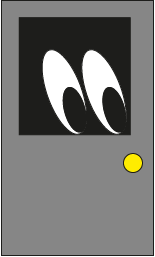
Recording Requirements For The Deeside Naturalists' Society
Introduction
Please enter your observations in the logbooks in each hide. All reliable counts, including passerines, are useful for the North-East Wales Recorder and for BTO nationally, as well as for the DNS Bird Reports. Give as much detail as possible for unusual sightings; a recognisable observer name is essential. TAKE A PHOTO, if you can (low-res, ID quality is fine) [esp Yellow-legged Gull, Rock Pipit and "rarities"].There are several ways that bird records in the logbooks are sorted:
The specific areas in the logbooks (corresponding to the large coloured maps on the hide walls) are used by UNIPER and conservation groups to plan improvements to the Reserve.
The DNS Recorder now separates records into 1km squares (approx - see map) for entry into the BTO BirdTrack database, used by the County Recorder for the North Wales Bird Reports.
At Bird Track (http://www.bto.org/volunteer-surveys/birdtrack), anyone can see past CQNR records by clicking "Species by Location" and entering one of the OS Map km square codes (e.g. SJ2771, SJ2772).
If you use Birdtrack instead of (or in addition to) the Reserve logbooks, please download the Excel files regularly and email them to the DNS Recorder. We cannot access your Birdtrack records directly.
Recording Sheets
